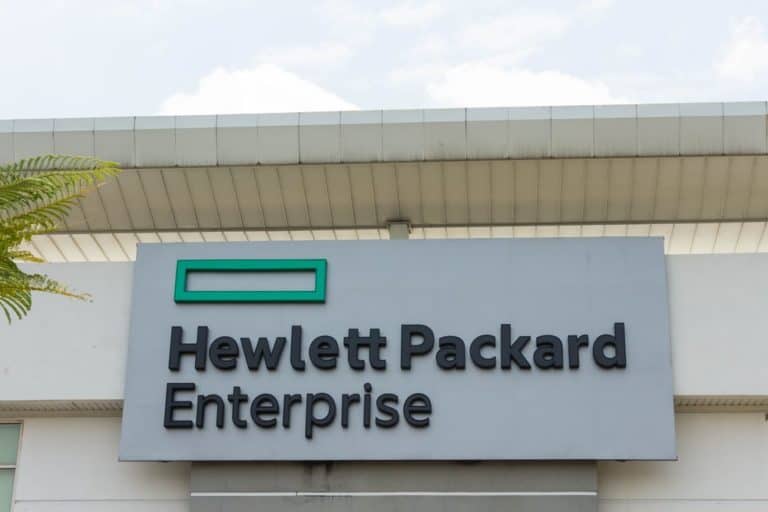HPE bought Ampool at an undisclosed price to use its proprietary technology so hybrid cloud analytics can be improved upon
Hewlett Packard Enterprise has announced the acquisition of an open-source acceleration platform, Ampool, to be used in business intelligence settings.
The cash value of the deal was not disclosed, but an HPE representative stated that Ampool’s multi-layered acceleration engine and accessible data federation tier would deliver cloud-native SQL analytics engines to add to HPE’s Ezmeral hybrid cloud analytics runtime aimed at interactive SQL workloads.
Why Ampool?
Ampool’s engineers have worked with LinkedIn, Yahoo!, Veritas Technologies, and VMware’s Pivotal platform. They have also majorly contributed to Apache Ranger, Apache Geode, Apache Spark, and Trino/Presto.
HPE Ezmeral’s General Manager, Anant Chintamaneni, is of the opinion that “Current on-premises SQL tools are rigid, slow and [tied] to specific underlying storage technology such as HDFS.” Hence, he believes that organizations should invest in a cloud-native query engines to support analytic and BI tools that process data from various data sources.
Ampool has used in-memory caching, which improved Amazon Elastic MapReduce’s data processing service performance by 40-fold. In addition, it improved Tableau Software Inc.’s data visualization platform’s queries by 100 fold.
Within the in-memory realm, Ampool’s Active Data Store has been seen to support, based on Apache Geode distributions, batch processing, interactive queries, transactions, and stream ingestion. In addition, HPE wants to use Ampool’s tools to improve SQL runtimes, specifically those that target independent, unspecified software products and the platform Presto.
Chinamaneni also expressed that, “The use of multiple ephemeral container-based SQL compute engines, introduces the need for persistent metadata to be stored and managed externally. Ampool has expertise in building a shared metadata catalog with role-based access control, providing a consistent view of the different data sources.”
